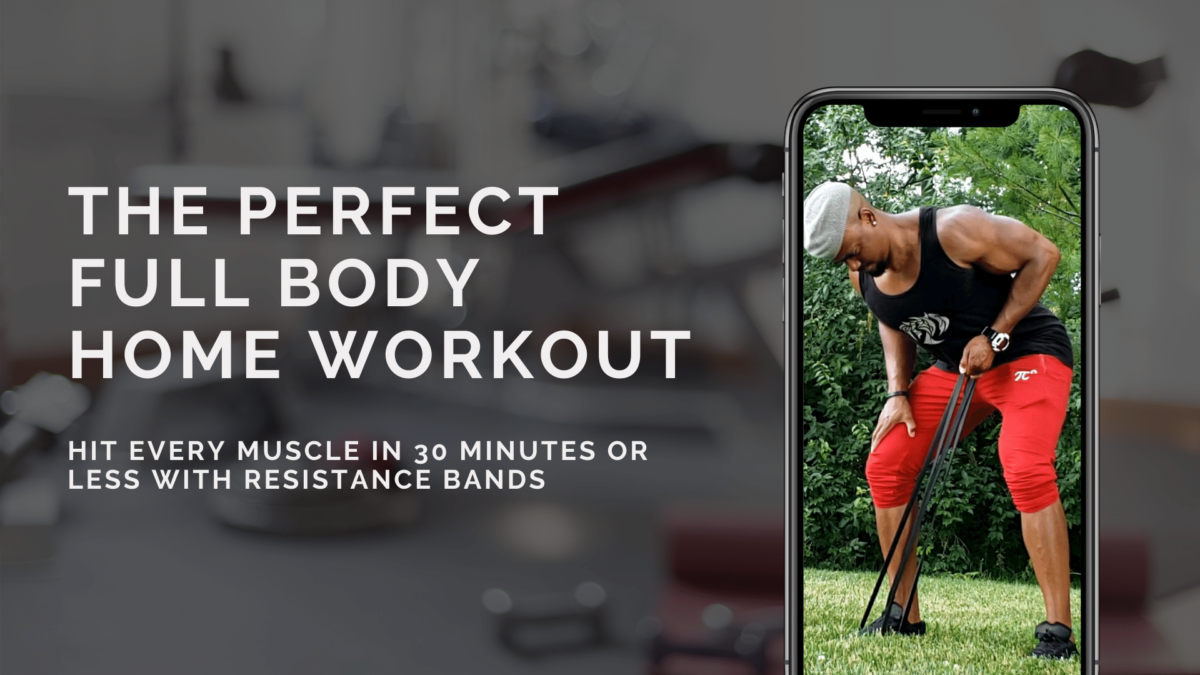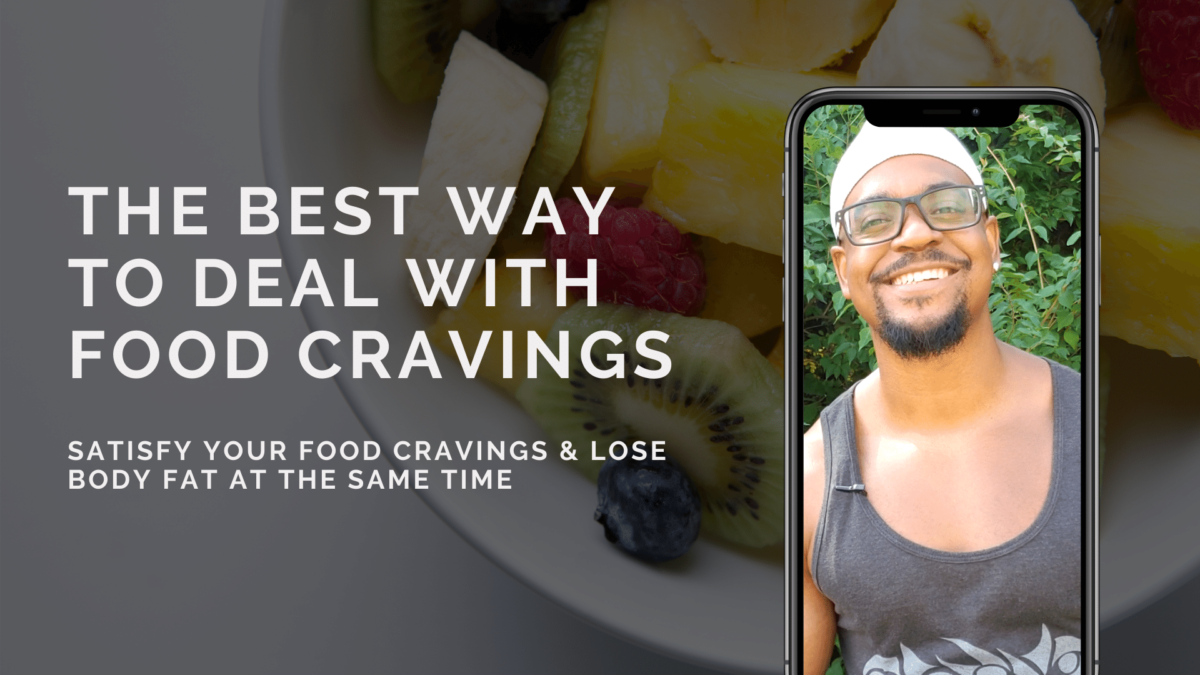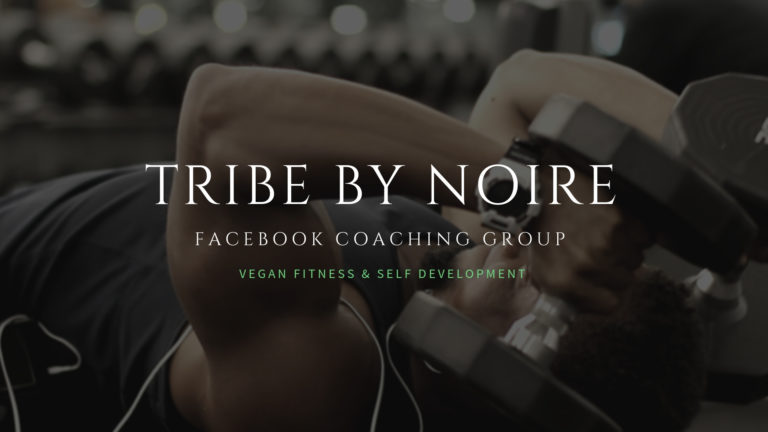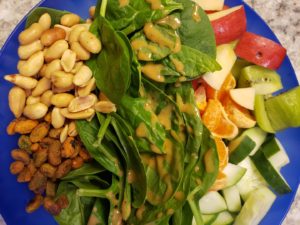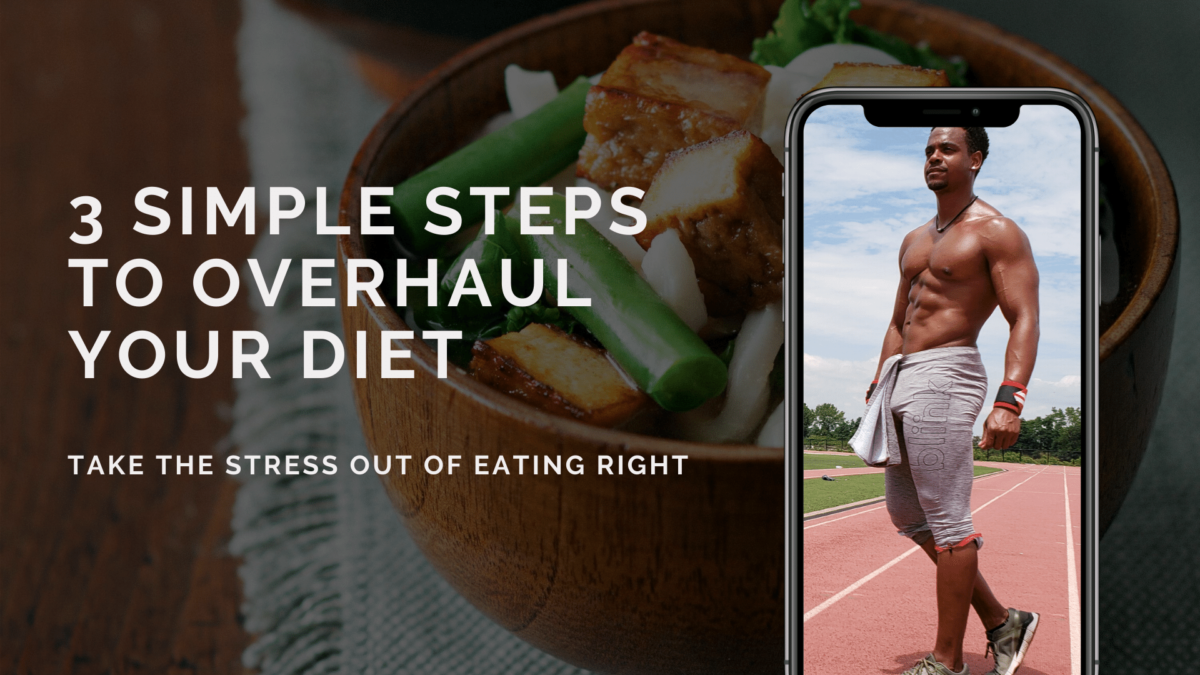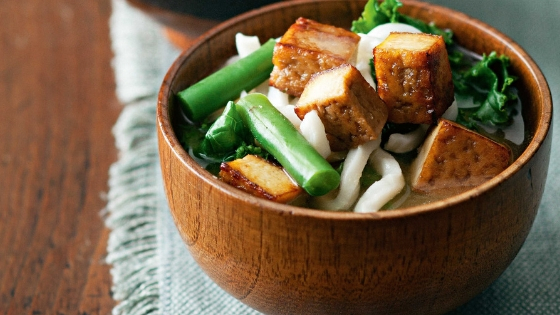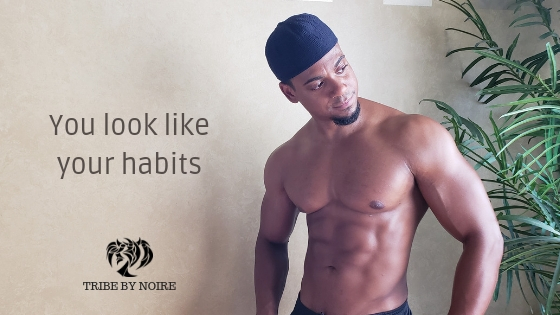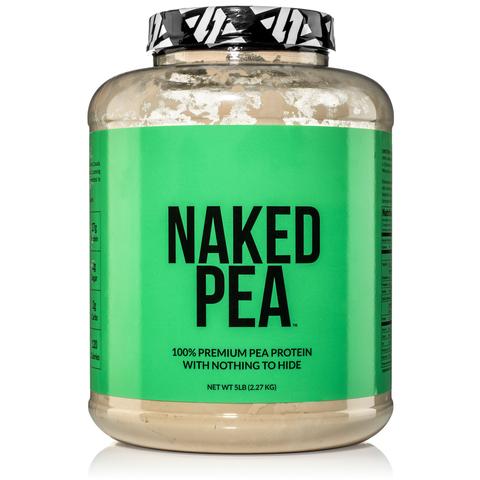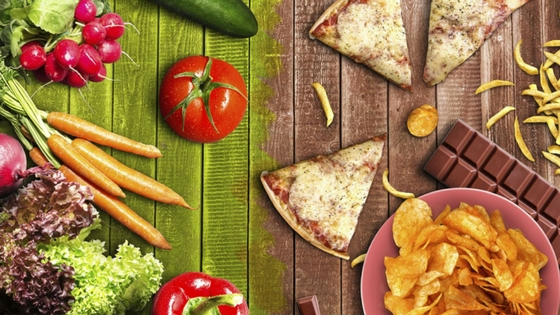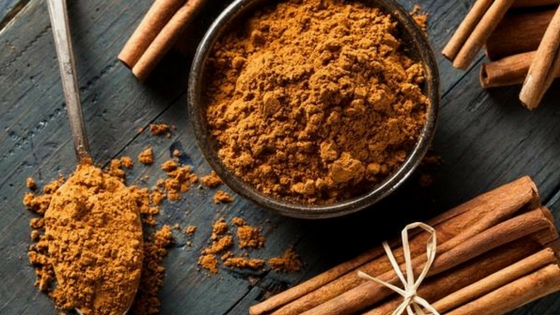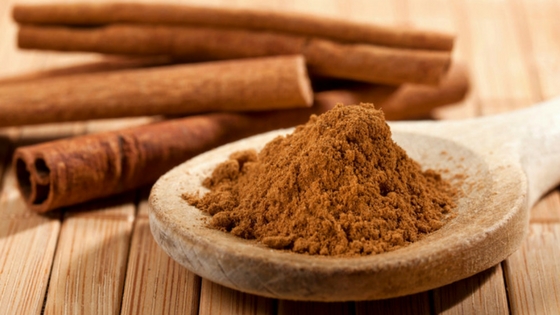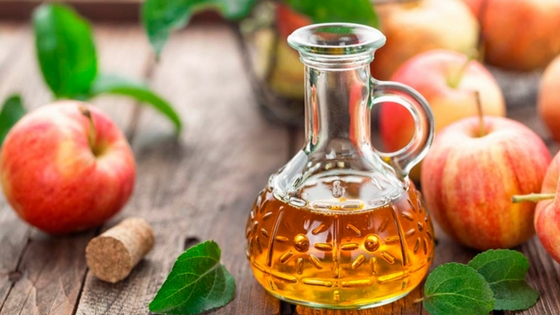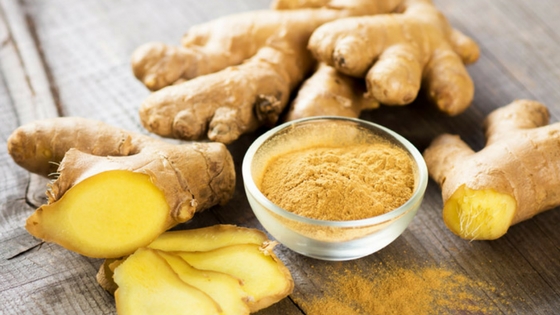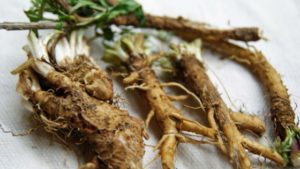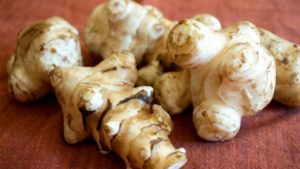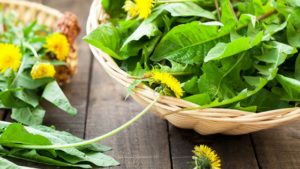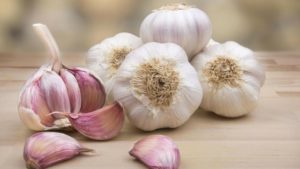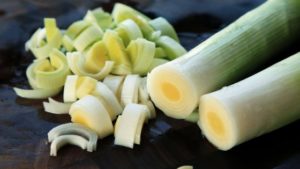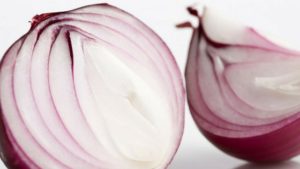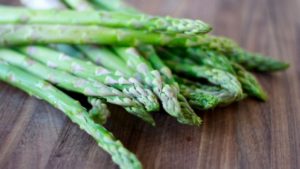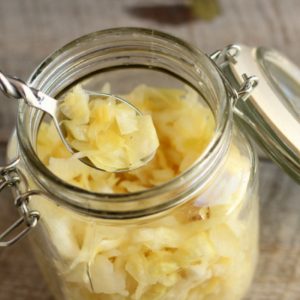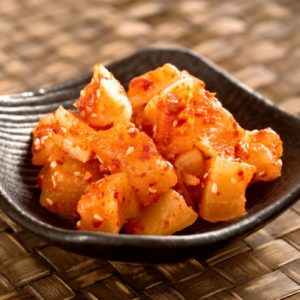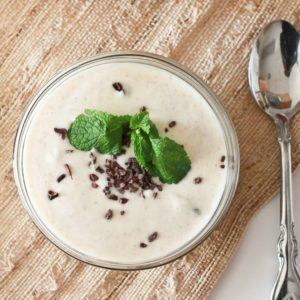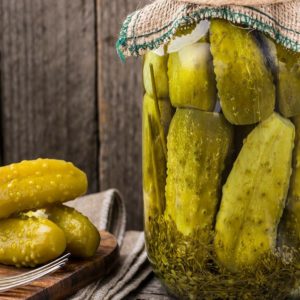2020 has completely reinvigorated the buzz around home fitness and along with that we’ve witnessed the rebirth of the resistance band industry. I saw this coming before the lockdowns started and sprung into action to create a whole game plan for building muscle and burning fat from home with minimal space and equipment. Let’s take a look at full body home workouts.
Fat Burn & Full Body Workouts
Full body workouts are the best way to maximize fat loss while building muscle because you’re targeting every muscle group in the body rather than just 1 or 2. Using more muscle groups within a workout forces more stimulation of your nervous system and a faster metabolic rate. All of this combined maximizes caloric burn.
The ideal fat loss method when it comes to full body workouts is the use of super sets and giant sets in conjunction with time intervals.
- Super sets are when you do 2 exercises back to back as a pair with little to no rest time between them.
- Giant sets are when you take 3 or more exercises one after in a group with little to no rest time between them.
- Do each exercise on a fixed time interval of 60 seconds. Try to keep your rest time between exercises to a minimum of 10-15 seconds.
Full Body Workouts For Muscle Building
The most important training factors that drive muscle growth are intensity, frequency, and volume. With full body training you can utilize all 3 of these factors in a very time efficient way.
- Intensity is how hard you push a muscle or muscle group in a given set or training session.
- Frequency is how often you train a muscle or muscle group.
- Volume is how many sets and reps you use to train a muscle, or muscle group.
Full Body Workout Structure
Every Workout should be centered around compound exercises that target multiple muscle groups at the time. Each exercise fits into 1 of 7 categories.
- Squatting/lunging – targets quadriceps and glutes
- Hip Hinging- targets lower back, glutes, hamstrings
- Horizontal Pressing – targets chest, shoulders and triceps
- Vertical Pressing – targets shoulders and triceps
- Horizontal Pulling – targets lower back, upper back, biceps
- Vertical Pulling – targets upper back and biceps
- Spinal Flexion/Trunk Rotation – targets abs and obliques
Each workout should have 6-8 exercises grouped together in giant sets, or super sets. With the right amount of intensity and rest time, you can finish the workout in 20-30 minutes. Here’s an example.
3 Giant Sets
- Banded Prisoner Squat
- Banded Standing Leg Curl
- Banded Upright Row
3 Giant Sets
- Banded Row
- Banded Push Up
- Banded Bicep Curl
3 Super Sets
- Banded Wood Chop
- S. Leg Hip Bridge + Leg Extension
*Do each exercise for 60 seconds (per side if it’s a unilateral exercise), or for a rep total of 16-20 reps (per side if it’s a unilateral exercise).
*Keep the rest time between 10-15 seconds between sets.
Looking for a good set of bands for a good price?
This is a good package that comes with everything you need to have a versatile and effective home workout. You can even train outside like I prefer to do.
- The handles make it easy to grip the bands
- The door anchor allows you to do pull downs, wood chops, and leg curls if you don’t have anything to tie the band around.
- The ankle cuff is the ideal tool for leg curls, leg raise, and kick backs.
- Everything fits in a fairly small bag, which makes it convenient for tavel.
Tribe By Noire

I’ve created this platform to help you become the most powerful version of yourself through fitness, plant based nutrition, and mindset coaching.
copyright © 2021 Tribe By Noire. All Rights Reserved
